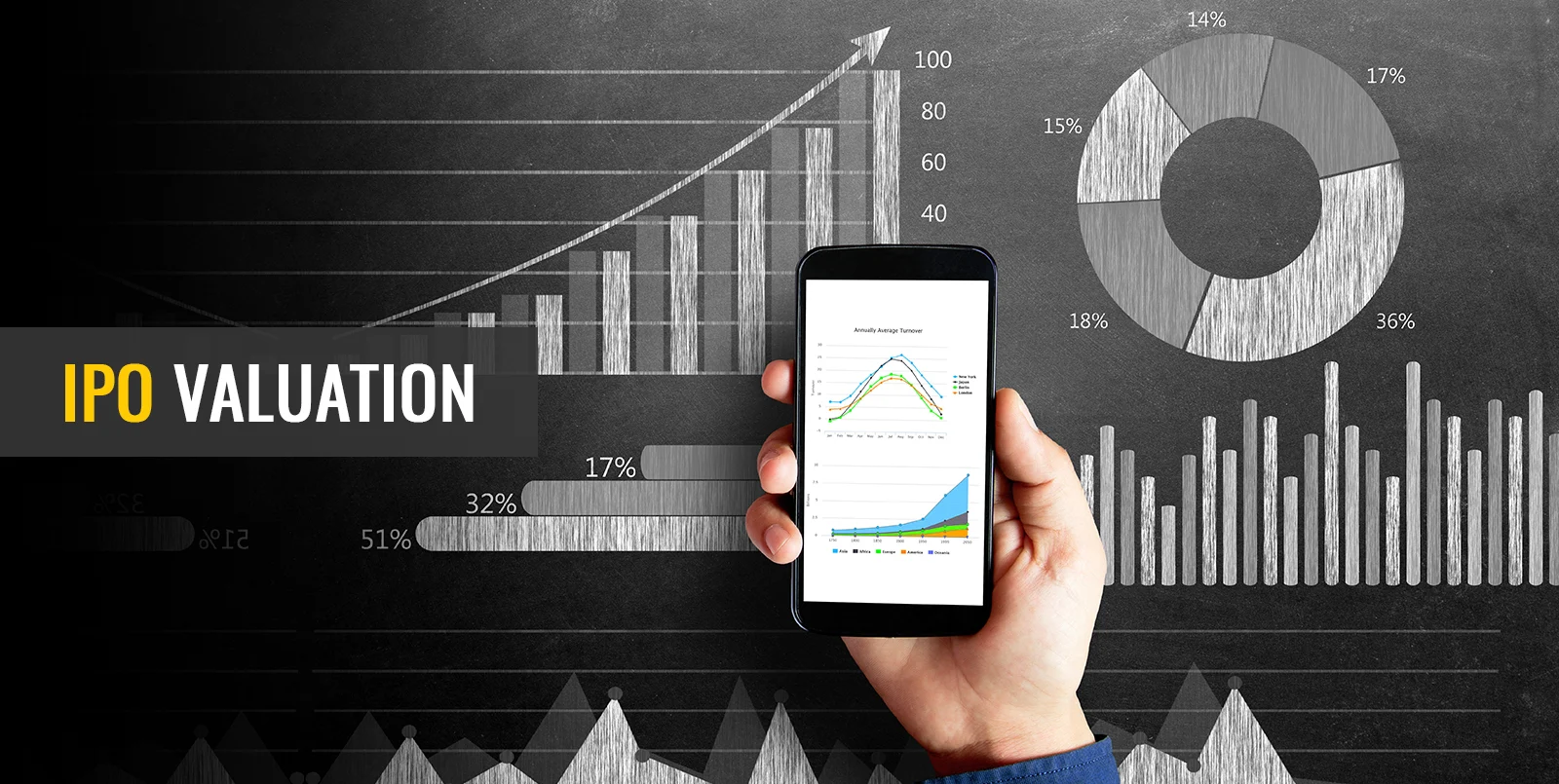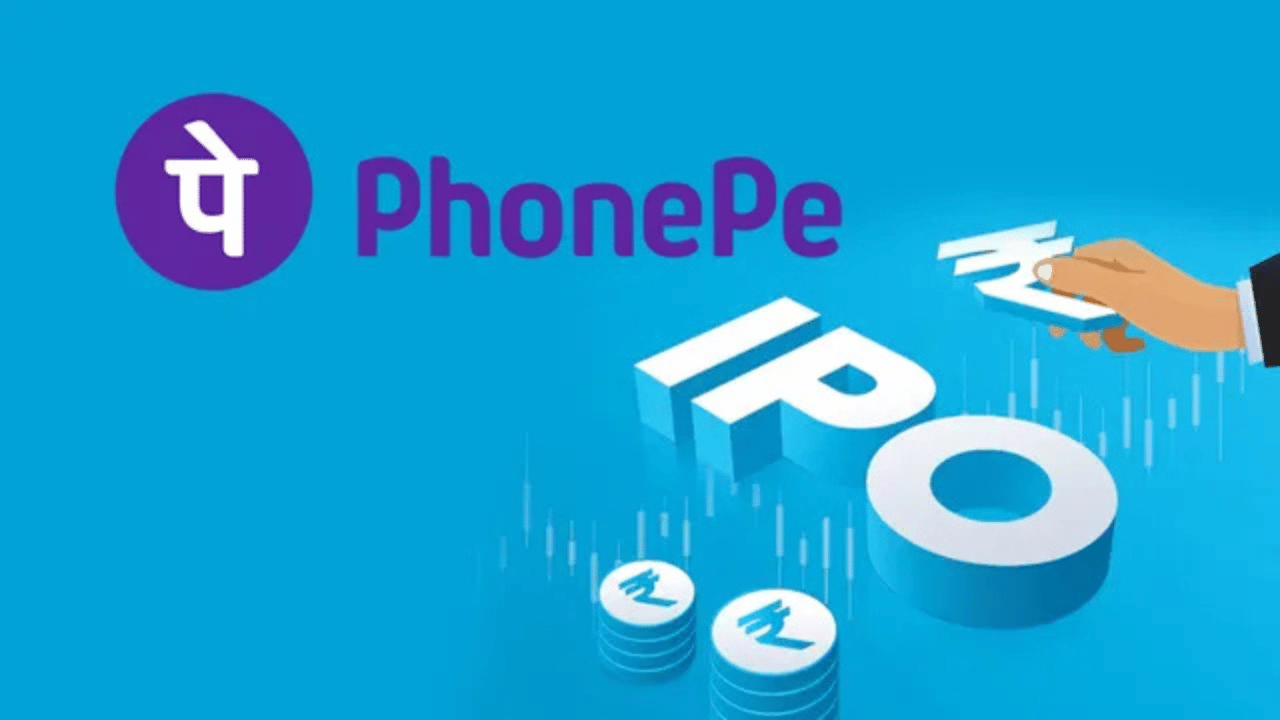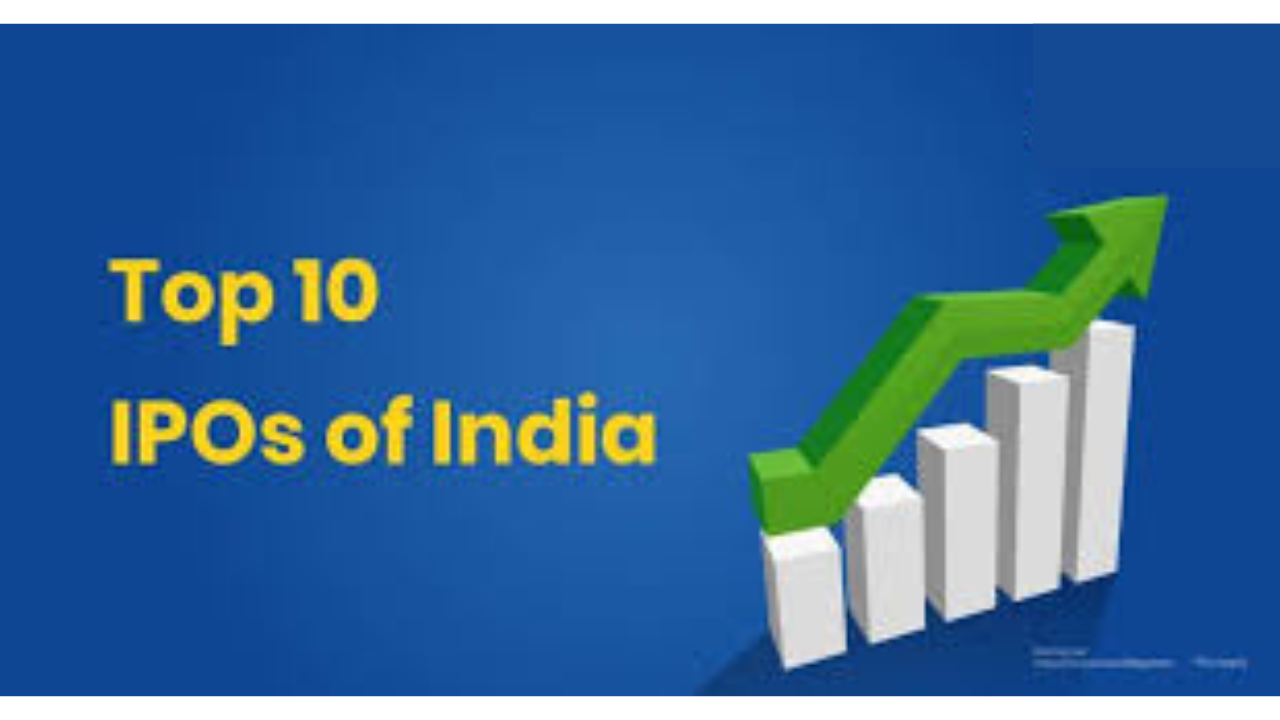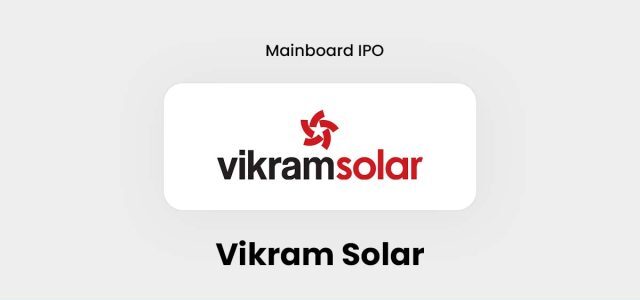IPO is a common term in the stock market. Through an Initial Public Offering (IPO), a company decides to go public from private. When a company decides to go public, one of the important steps is to determine the valuation of the company. It is a step to determine the price at which the company’s share will be offered to the investor in the public market. It is one of the most important but complex processes in the complete IPO process. It includes analysing various factors to decide if fair marketing is suitable for them as well as the investor. Let’s understand IPO valuation and how is decided-
Understand the IPO Valuation
IPO valuation is the process of determining the value of a company that is going to the public market through the IPO process. It involves assessing the company’s financial health, growth potential, industry position, and market conditions. The primary reason for deciding on IPO valuation is to set a price that reflects the true worth of the company, which attracts the maximum investor for their IPO shares.
Keys That Affect IPO Valuation
As said, several factors influence the IPO Valuation. Let’s know about them first-
- Financial Performance: The economic performance of the company is important, especially for the last three years. It includes check revenue, profit margins, earnings before interest, taxes, depreciation, and amortisation (EBITDA), and net income. Good financial performance is a sign of a better company’s valuation.
- Growth Potential: Investors invest in the company because of the company’s future growth prospects. So factors like a company’s business model, expansion plans, market potential, etc are considered to estimate future earnings and growth of the company.
- Industry Comparisons: Compare the companies with other companies in the same industry to understand their relative standing. It includes a look at the valuation multiples of similar companies, such as the price-to-earnings (P/E) ratio, price-to-sales (P/S) ratio, and enterprise value-to-EBITDA (EV/EBITDA) ratio.
- Market Condition: The overall market condition related to the company plays an important role. During bullish markets, investors are generally more optimistic, potentially leading to higher valuations and vice versa.
- Regulatory Environment: Regulatory considerations, including any industry-specific regulations or broader economic policies, can impact the valuation.
Common Methods for IPO Valuation
There are many methods to check the IPO valuation, Each has its strengths and applicable scenarios. Here are the common methods for IPO valuation-
Absolute Valuation (Intrinsic Valuation)
The absolute valuation method is used to measure the financial strength of the company. They aim to determine a company’s intrinsic value based on fundamental financial metrics and forecasts. In absolute valuation, a company does not compare with the other companies. To calculate absolute valuation, Discounted Cash Flow (DCF) Analysis and Dividend Discount Model (DDM) techniques are used. Absolute valuation provides a deep understanding of the company’s true value. It Accounts for long-term potential and financial health.
Relative Valuation (Comparables Analysis)
The relative valuation method is used to determine various financial multiples by comparing the target company with similar companies in the same industry. To check relative value, Price-to-Earnings (P/E) Ratio, Price-to-Sales (P/S) Ratio and Enterprise Value-to-EBITDA (EV/EBITDA) Ratio techniques are used. It is a simple and quick way to determine the company’s valuation. It also reflects current market conditions and investor sentiment.
Discounted Cash Flow (DCF) Analysis
The discounted cash-based valuation method is used to check a company’s ability to perform and generate profits in the future. In this method, a detailed approach is created as per current company’s value and its expected future cash flows. At first, Estimate the company’s free cash flows over a forecast period, then Determine the Discount Rate: Typically the Weighted Average Cost of Capital (WACC). Then Calculate Terminal Value by estimating the value of cash flows beyond the forecast period. As a result, Discount Cash Flows are calculated by projected cash flows and terminal value to their present value. This method provides a thorough intrinsic valuation.
Economic Valuation
The economic Valuation method focuses on economic profit and value creation metrics to assess a company’s worth. It has complex mathematical calculations based on the current assets, liabilities, residual income, and risks. etc of the company. Economic Value Added (EVA) and market Value Added (MVA) technique is used to determine the IPO valuation through the economic valuation method. It emphasises value creation and economic profit and gives long-term performance and sustainability/
Price-to-Earnings (P/E) Multiple Valuation
Price-to-Earnings (P/E) Multiple Valuation method compares a company’s current share price to its earnings per share (EPS). It is one of the most used methods to calculate the IPO valuation. Under this method, first Determine the company’s EPS and compare the company’s P/E ratio with the industry average or comparable companies. Lastly, Adjust the company’s valuation based on its growth prospects and risk factors. It is one of the most simple and widely understood methods in the grey market.
The IPO Pricing Process
Once the IPO valuation is determined by the company, the IPO process begins. It involved-
- Initial Price Range: As per the determined valuation, the initial price range is set by the company for the shares. This range provides a starting to the ending bidding point for the investor to bid.
- Book Building: The book-building process is a key phase. In the book-building process, the final price of the shares will be decided at the end of the IPO process. Based on the bidding the final offer price is determined.
- Finalising the Offer Price: Once the final price is set by the companies as per the bidding process. It reflects the price at which the company’s shares will be offered to the public. The company aims to set a price that maximises capital raised while ensuring a successful market debut. After the offer price is done, the IPO share is allotted to the investors.




